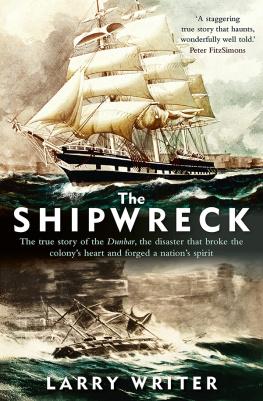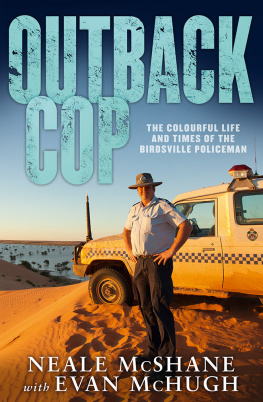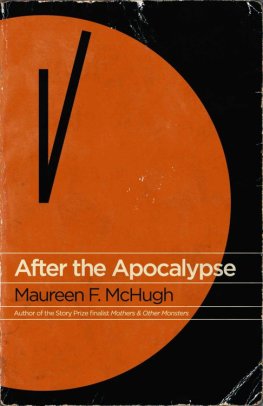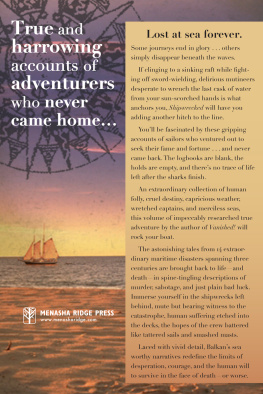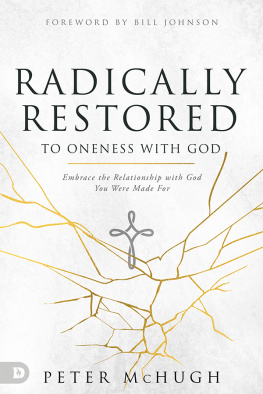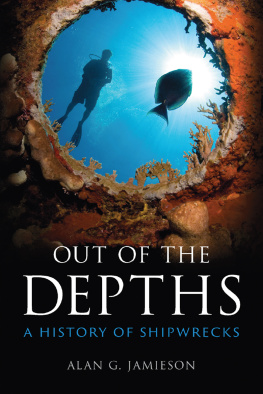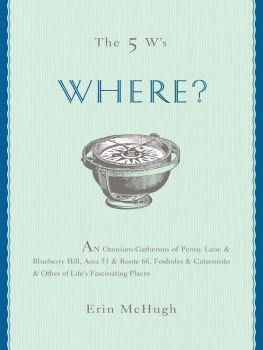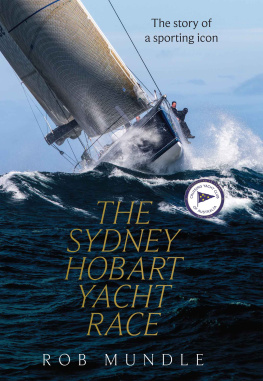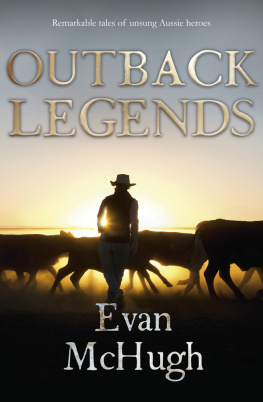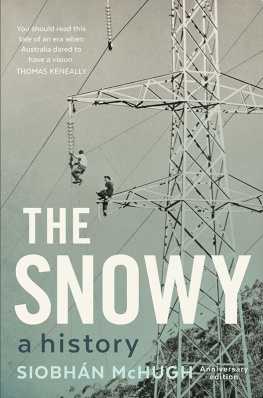
Larry Writer is the author of the Ned Kelly Awardwinning Razor: Tilly Devine, Kate Leigh and the razor gangs; Dangerous Games: Australia at the 1936 Nazi Olympics, which was shortlisted for the William Hill Australian Sports Book of the Year; the Mark and Evette Moran Nib History prizewinning Cecil Healy: A Biography; Pitched Battle: In the frontline of the 1971 Springbok tour of Australia; Never Before, Never Again: The story of St Georges 11 straight rugby league premierships, 195666; Bumper: The life and times of Frank Bumper Farrell; and The Golden Era: The extraordinary two decades when Australians ruled the tennis world (with Rod Laver). Larry has also collaborated with tennis legends Rod Laver, John Newcombe and Margaret Court, and rock star Chrissy Amphlett, on their memoirs.
First published in 2022
Copyright Larry Writer 2022
All rights reserved. No part of this book may be reproduced or transmitted in any form or by any means, electronic or mechanical, including photocopying, recording or by any information storage and retrieval system, without prior permission in writing from the publisher. The Australian Copyright Act 1968 (the Act) allows a maximum of one chapter or 10 per cent of this book, whichever is the greater, to be photocopied by any educational institution for its educational purposes provided that the educational institution (or body that administers it) has given a remuneration notice to the Copyright Agency (Australia) under the Act.
Allen & Unwin
83 Alexander Street
Crows Nest NSW 2065
Australia
Phone:(61 2) 8425 0100
Email:
Web:www.allenandunwin.com
Allen & Unwin acknowledges the Traditional Owners of the Country on which welive and work. We pay our respects to all Aboriginal and Torres Strait IslanderElders, past and present.

ISBN 978 1 76087 910 5
Internal design by Midland Typesetters, Australia
Charts by Mika Tabata
Index by Garry Cousins
Set by Midland Typesetters, Australia
Cover design: Deborah Parry Graphics
Cover illustrations: Dunbar (State Library Victoria); Wreck of the Dunbar (State Library of NSW)
For Carol, a sailor,
And to Tom and Casey,
With love
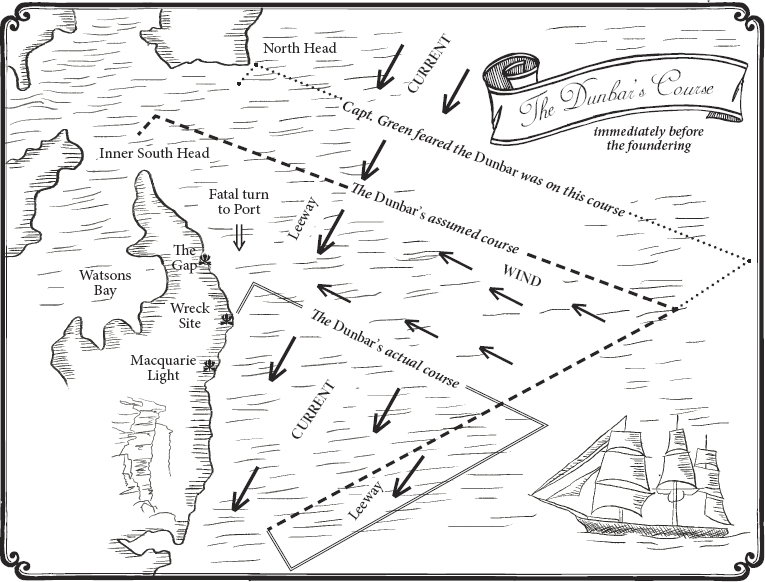
Dawn. Friday, 21 August 1857. The south-easterly gale that had come in the night still blasted Sydney, knocking down trees and causing flooding from the citys west to the Blue Mountains and north to the Hunter Valley. A local man had rugged up against the elements and was walking along the beach below Georges Head, between Middle Head and Bradleys Head in Port Jackson. Fifty metres or so offshore, he saw something he didnt see every day. Amid floating debris and cargo that could only have come from a large ship, the carcass of a red shorthorn cow with white spots floated in the iron-grey chop. Thinking hed drag the dead beast in to the shore and butcher it, he waded out towards it through the swirling foam. As he drew nearer, he realised that the cow was jerking and twisting and there was blood in the water. He saw the sharks fins and the snapping jaws tearing chunks from the animal. Leaving the sharks to their feast, the shaken man returned to the headland to raise the alarm.
As the corpses of women, men and children and the carcasses of livestock, wooden spars and beams and cargo bobbed in the harbour and washed up onto the shores, news was spreading through the colony that a large ship had been wrecked and, as Sydneysiders were well aware, four such passenger and cargo vessels were due from Britain, the Duncan Dunbar, the Vocalist, the Zemindar and, the finest and most famous of them all, the Dunbar.
Since near enough to forever, colossal twin sandstone headlands, rearing 60 to 80 metres high like slabs of striated honeycomb, have guarded the entrance to Sydneys Port Jackson. South and North Heads, 1.1 nautical miles (2 kilometres) apart, are Triassic-era bulwarks, protecting the harbour within the Heads from the massive swells that power in from the Tasman Sea and hurl themselves upon the coast.
The craggy towering cliffs of Outer South Head extend 7 kilometres south from its northern tip to Ben Buckler on Bondis northern headland, and then another 16 kilometres south to La Perouse on the northern edge of Botany Bay. The southern headland was the landmark that voyagers coming from Britain to the colony of New South Wales at the end of the eighteenth century and long into the nineteenth century kept their eyes peeled for. As it materialised, they knew that at last, after many months at sea, they were soon to reach their destination, for worse or better. Now all their ship had to do was round the southern headland and they would be safe inside Port Jackson.
South Head is where, wrote P.R. Stephensen and Brian Kennedy in their History and Description of Sydney Harbour, the ocean abruptly meets the land, with no shelf of shallows to reduce the impact of the surf. The cliffs are grandly beautiful as sighted from seaward, especially so to the homecoming sailor The South Head peninsula is a massive breakwater in Natures design of the Port of Sydney. It breaks the force of the oceans swell, and of easterly gales, to shelter the Main Harbour.
After the long and perilous voyage from England, after storms, turbulent seas, baking heat and icebergs, the serene waters of Port Jackson were sweet relief. Once safely inside the Heads, the officers and crew, the convicts cast from the British Isles, the free settlers and, in the 1850s, the prospectors who staked all to discover if the streets of Bathurst, Sofala, Hill End and Bungonia really were paved with gold, all realised what Indigenous people had known for untold thousands of years: this waterway was a magnificent haven.
Port Jackson, named by Lieutenant (later Captain) James Cook after Sir George Jackson, a Lord Commissioner of the British Admiralty, extends to the west from its single entry point, the fairway between South Head and North Head, and comprises the tidal waters of North Harbour, Middle Harbour and Sydney Harbour, as well as into the Lane Cove River, the Parramatta River and Darling Harbour.
In modern-day terms, what Captain Arthur Phillip of the Royal Navy and his small party of First Fleet officers could see as they ventured through the Heads aboard their pinnacessmall sailing boats with oarson 22 January 1788, was North Harbour bounded by North Head, Manly Cove and Dobroyd Head; Middle Head and Middle Harbour reaching north-west past Balmoral Beach to Clontarf and The Spit; and, unfolding to the left of Middle Head, Sydney Harbour.
James Cook did not enter the Heads when he sailed up from Botany Bay on the HMS Endeavour in 1770, satisfying himself with the view of the harbour from 3 kilometres offshore. But when Captain Phillip arrived in the mysterious southern land eighteen years later with his First Fleet, he immediately saw the potential of Port Jackson. With Britains gaols full and North America being no longer an option for a British penal colony after Britains defeat in Americas War of Independence in 1783, Phillips mission was to investigate locations in the continent then known variously as New Holland, Terra Australis Incognita and Unknown South Land for a place to send hardened criminals along with unfortunates whose crime had been to steal food or clothing to stay alive in an age of poverty and hunger. (It was British explorer Matthew Flinders who coined the name Australia on completion of his circumnavigation of the continent in 1804.)
Next page
